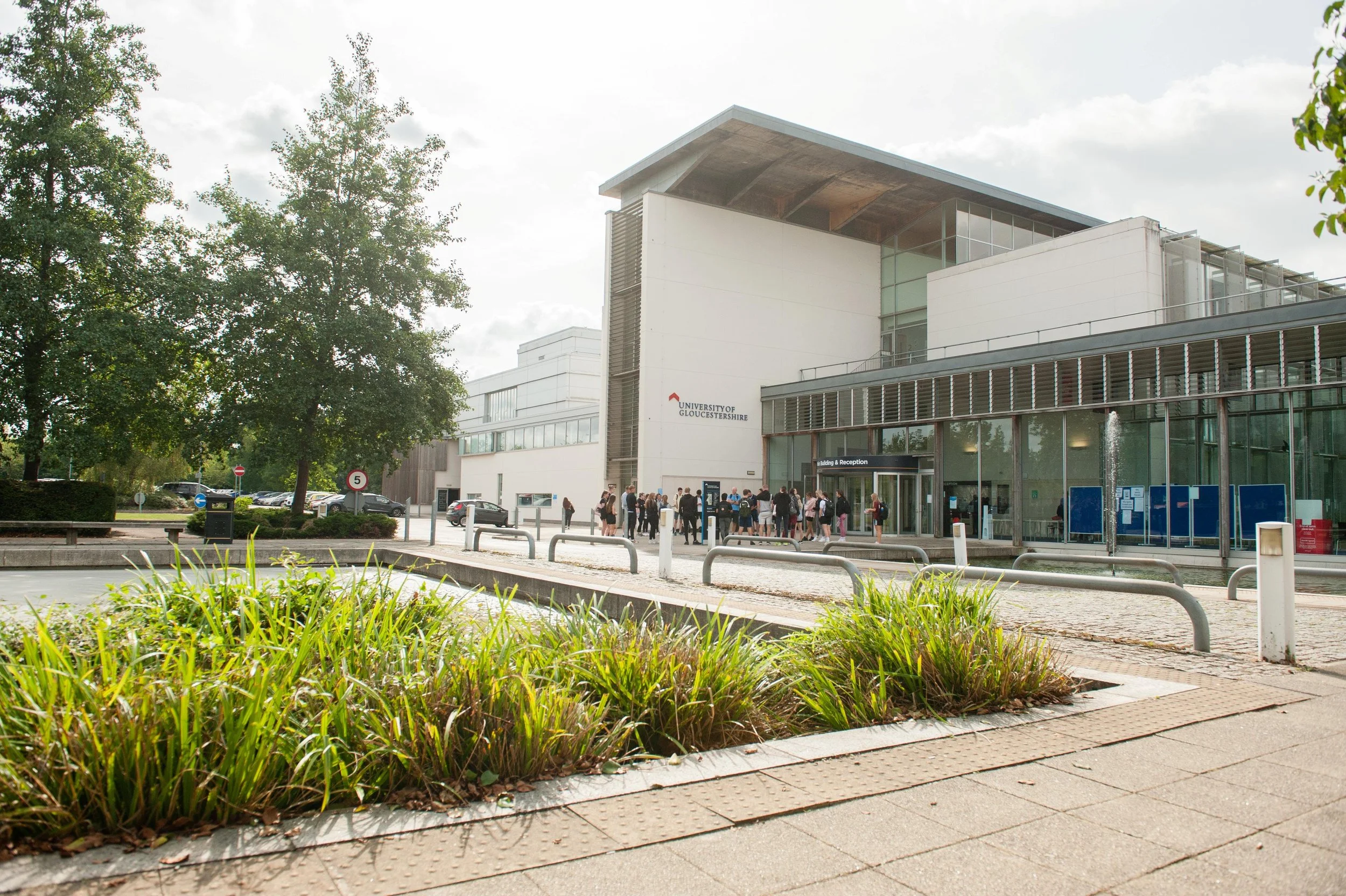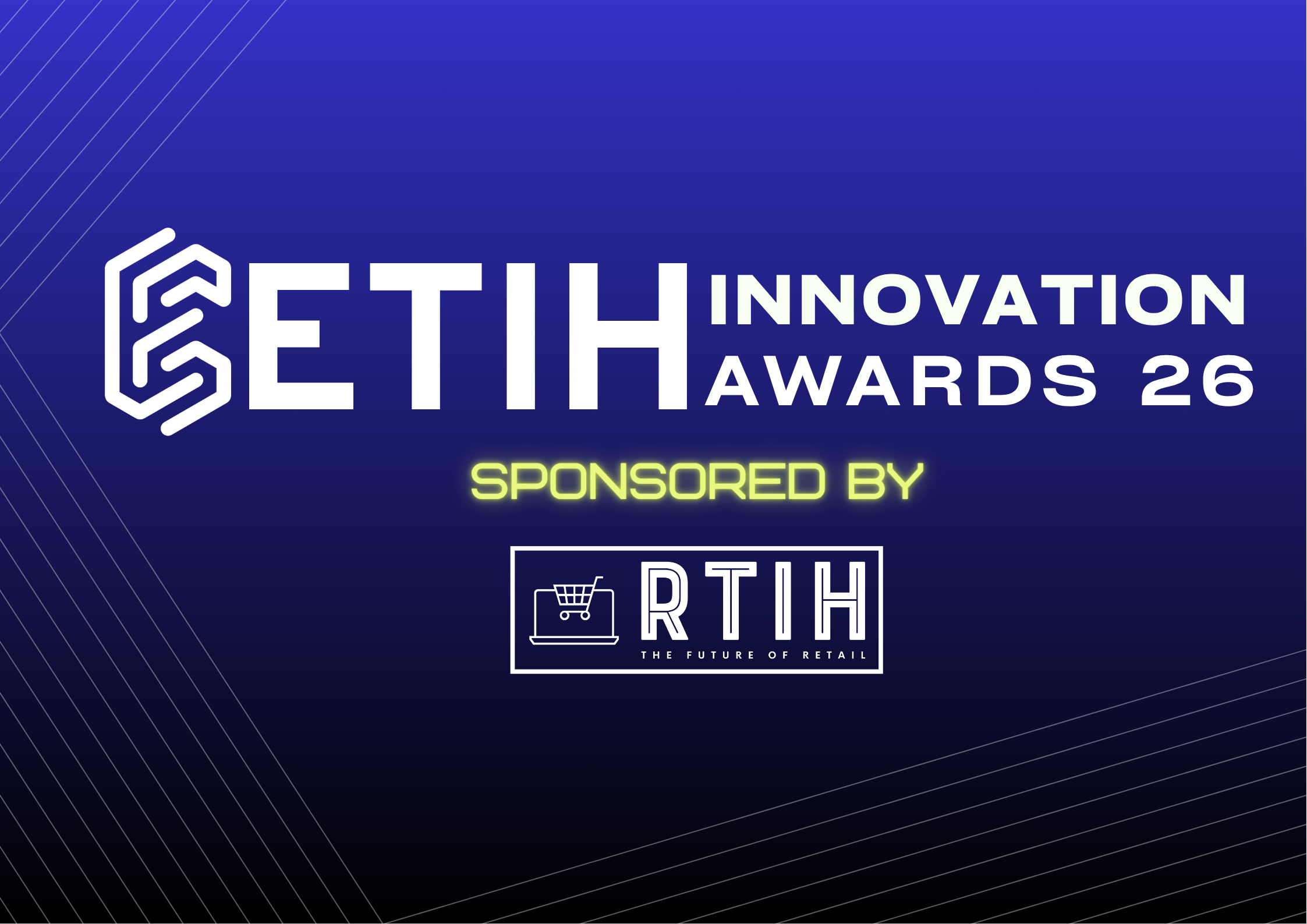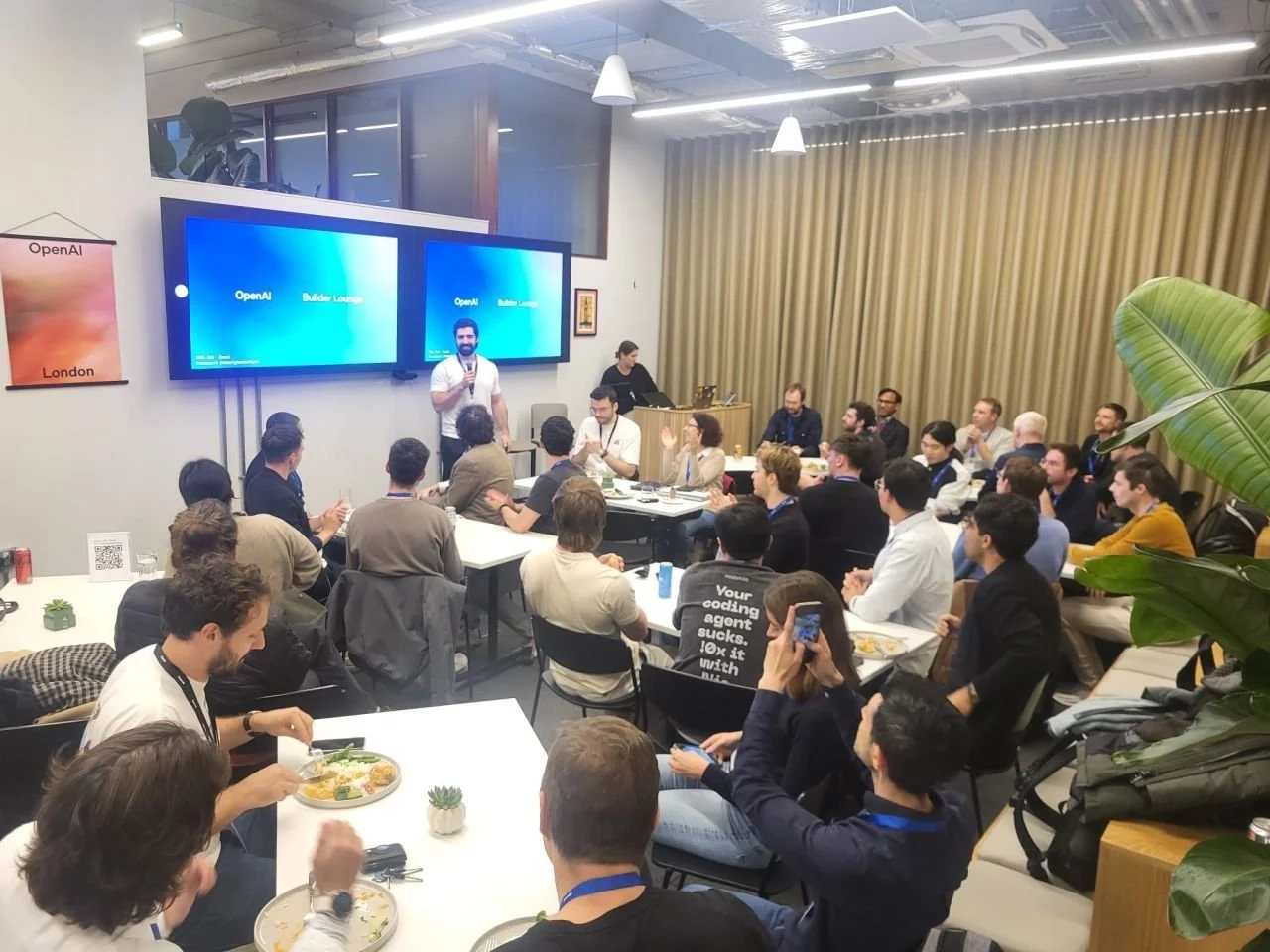University of Gloucestershire secures OfS funding for new FutureSim immersive learning center
University of Gloucestershire will open FutureSim, an AI-powered immersive XR/VR learning center, after securing 2.5 million pounds from the Office for Students.
University of Gloucestershire, a higher education institution delivering undergraduate and postgraduate programs across multiple disciplines, has received 2.5 million pounds from the Office for Students to build a new simulation and immersive learning center at its Oxstalls Campus in Gloucester.
FutureSim, set to open in April 2026, will operate as a central hub for simulation-based teaching, workforce development, and digital practice. The project consolidates the university’s existing simulation facilities into a single site designed for students, employers, and professional learners.
Funding supports expanded simulation capacity
The Office for Students awarded the university the maximum allocation in its 2025/26 capital funding competition. The institution says FutureSim will expand its simulation capacity by 25 percent, which it expects will reduce pressure on placements and allow more structured access to practice-based training.
Matthew Andrews, Chief Operating Officer at University of Gloucestershire, says, “We are delighted to be one of only five institutions to be awarded the maximum funding allocation of £2.5m in the Office for Students’ Capital funding competition for 2025/26.”
The center will be housed in refurbished buildings at Oxstalls Campus. Work is planned to prioritize environmental sustainability and cost efficiency. FutureSim will include five modular zones that mirror real-world settings, including clinical, community, forensic, custodial, and outdoor environments.
FutureSim will combine immersive environments, virtual patient pods, a Hydra command suite for crisis leadership, manikins, wearable technologies, and XR and VR platforms. The university will also use AI-enabled analytics to support feedback and performance review.
The institution says the center is being designed to give learners a place to test decisions, apply digital workflows, and work through realistic scenarios without the risks associated with live environments. The aim is to offer more consistent training opportunities than placements alone can provide.
Center aligned to regional and national skills plans
FutureSim is aligned with several workforce and skills strategies, including the Gloucestershire Local Skills Improvement Plan, the NHS Long Term Workforce Plan, and the National Police Chiefs’ Council Digital Strategy. The university expects the center to support skills development across health, social care, policing, cyber, AI, and education.
Building on its existing interprofessional simulation work with the NHS and emergency services, the university plans to use the center to strengthen collaboration with employers and industry partners and support the region’s broader ambitions around cyber and digital innovation.
Andrews adds, “FutureSim represents a bold step forward in how we prepare our students and partners for the future of digital and professional practice. By investing in cutting-edge simulation and AI-ready environments, we’re not just enhancing how people learn, we’re strengthening our region’s ability to meet national workforce needs and drive innovation across public services and industry.”
The ETIH Innovation Awards 2026
The EdTech Innovation Hub Awards celebrate excellence in global education technology, with a particular focus on workforce development, AI integration, and innovative learning solutions across all stages of education.
Now open for entries, the ETIH Innovation Awards 2026 recognize the companies, platforms, and individuals driving transformation in the sector, from AI-driven assessment tools and personalized learning systems, to upskilling solutions and digital platforms that connect learners with real-world outcomes.
Submissions are open to organizations across the UK, the Americas, and internationally. Entries should highlight measurable impact, whether in K–12 classrooms, higher education institutions, or lifelong learning settings.
























